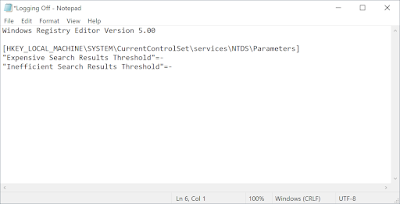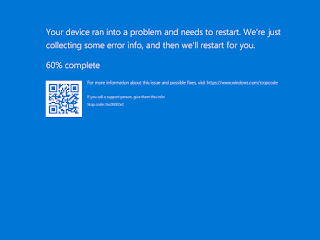Use Get-Acl and Set-Acl with a specified Active Directory domain controller using PSDrive

When you use Active Directory commands such as Get-ADObject and Get-ADUser you'll notice there is a -Server switch you can use to specify a domain controller to use for the operation. This switch isn't however available for the Get-Acl and Set-Acl commands. You may want to use a specific domain controller for example if you're setting the security descriptor of an object you've just created and the object may not have replicated yet. Get-Acl and Set-Acl however use the Active Directory PSDrive AD: which performs a serverless bind when you run the Import-Module ActiveDirectory command as you can see in the screenshot. PSDrive created Running the command Get-PSDrive AD displays the following, showing that the default AD: drive does not have a server specified. No Server Specified Changing the default AD: drive probably isn't a good idea however we can create a new drive. New-PSDrive -Name AD2 -PSProvider ActiveDirectory -Server "demo2022-dc02" -Scope "...


